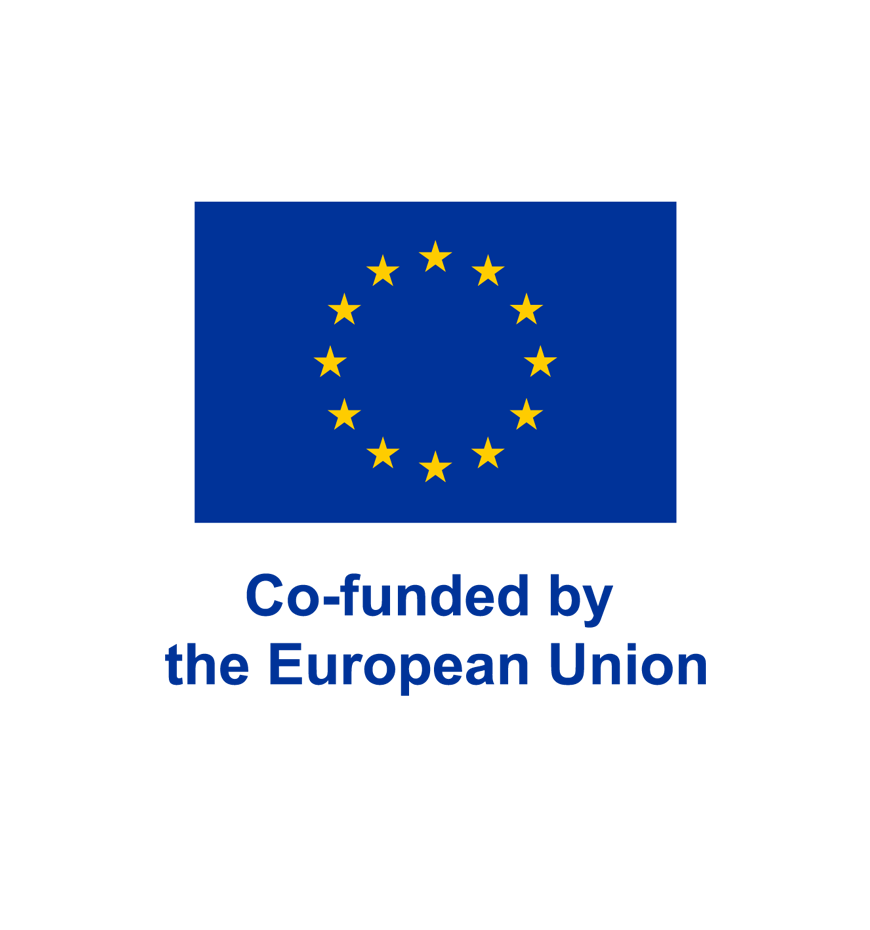Advanced study of the atmospheric flow Integrating REal climate conditions to enhance wind farm and wind turbine power production and increase components durability
| Funding: | European Union’s Horizon Europe program agreement |
| Total funding: | EUR 5,424,916 |
| Partners: | National Renewable Energy Centre of Spain (CENER/project coordination), Fraunhofer IWES, Technical University of Denmark, VTT Technical Research Centre of Finland, Offshore Renewable Energy Catapult, Siemens Gamesa Renewable Energy, Green Capital Power SL, ENGIE, Consortium for the Design, Construction, Equipment, and Exploitation of the Oceanic Platform of the Canary Islands (PLOCAN), University of Las Palmas de Gran Canaria, Catargo Ventures SL |
| Term: | 01/2023 – 12/2026 |
- The current designs of wind turbines, their components, and wind farms mainly take wind into consideration as a load factor.
- With increasing heights and new challenging sites, other factors such as sand, precipitation, and wakes are becoming more important.
- In order to adapt the planning of wind farms, their operational management, and the design of the turbine components to these loads, the AIRE project partners are investigating the factors influencing them by analyzing different climatic conditions and new numerical models and developing resilient solutions.
- Fraunhofer IWES is responsible among other things for the further development of numerical models and design tools as well as for the production of case studies for adapted wind farm design.
Europe’s enormous demand for green electricity in the future requires the utilization of surfaces on land and at sea with more challenging conditions than the ones prevailing at current wind farm sites. At the same time, turbine dimensions continue to increase, with even higher turbines and larger rotor blades to be expected. As a result, wind turbine components and rotor blades in particular will be subject to new and higher loads than it is the case at present.
Currently, the only load component that the design and operational management of wind farms take into consideration is wind, which affects systems differently at great heights. In addition, depending on the site, there are also other influencing factors such as precipitation and sand, which can influence wake effects in turn. However, this impact is not yet fully understood.
The project partners in the AIRE research project aim to close these knowledge gaps. Data of real conditions at four validation sites with different conditions form the basis for new numerical models and tools for the design of wind turbines and the planning and control of wind farms. The efficacy of the models will be validated using data from four (on- and offshore) commercial wind farms. The aim is to adapt turbine components, the design of the farms, and their operational management to these conditions.
Fraunhofer IWES is responsible in the project for the (further) development of an erosion atlas and full turbine simulations under precipitation conditions among other things. For example, IWES is contributing its open-source simulation tool FOXES, which is being further developed in the scope of the project. In addition, IWES is responsible for the development of case studies for offshore wind farm designs which take the new loads into consideration .
